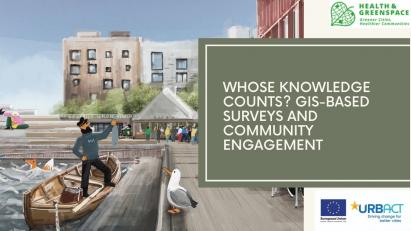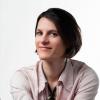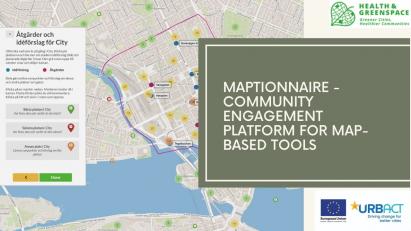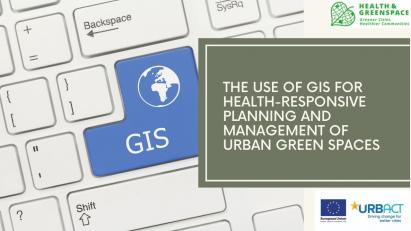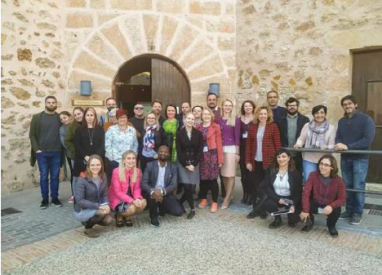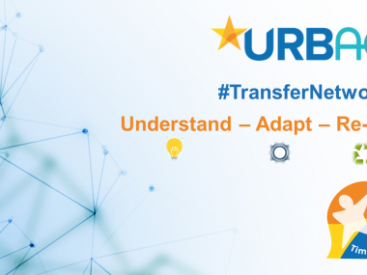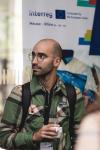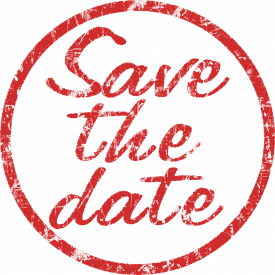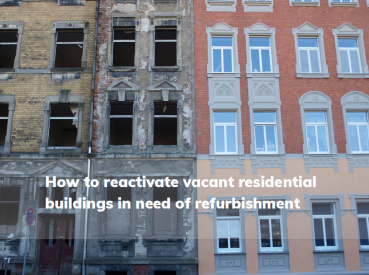Récapitulatif des différents événements finaux des réseaux de transfert
For URBACT, print and digital communication can be a powerful tool to inspire cities. Information about other cities — or activities in their own city — can make policymakers think differently, consider new ways of approaching their work, try out or adapt practices from other places and improve their own policies. By sharing their knowledge, experience, and above all, their stories, URBACT stakeholders — National URBACT Points, Lead Experts, Communication Officers and cities involved in URBACT networks and Programme Experts — are key players in this process. In order to improve their writing skills and thus strengthen their ability to play this vital role, the URBACT Secretariat has produced this guide covering the fundamentals of writing about integrated urban development. The guide was prepared by Citiscope (www.citiscope.org), a non-profit media outlet that specialises in urban journalism with the help of the URBACT Secretariat.

